In Puerto Rico, after the Hurricane Maria destruction , a new generation of Puerto Ricans is making the island a new sustainable benchmark in the Caribbean, betting on a defense of local agriculture and local products.
It's not a long drive between the hangar on Vieques, a small tropical island surrounded by the blues and turquoises of Puerto Rico's east coast, and my mid century style house in Victoria Estate; even so, the herds of wild horses that roam the narrow paths force me to stop several times.
By the time I get there, I've missed breakfast time. But Sylvia de Marco, Ayurvedic consultant and one of the boldest hoteliers in Puerto Rico, she already has a taino bowl prepared for me in the outdoor vegan kitchen.
Named in honor of the indigenous Arawak people who inhabited Puerto Rico and other Caribbean regions in the pre-Columbian era, known for their cultivation of many tubers, the dish is a exquisite mixture of pumpkin puree and taro covered with beluga lentils to cinnamon, avocado and coriander from the farm itself.
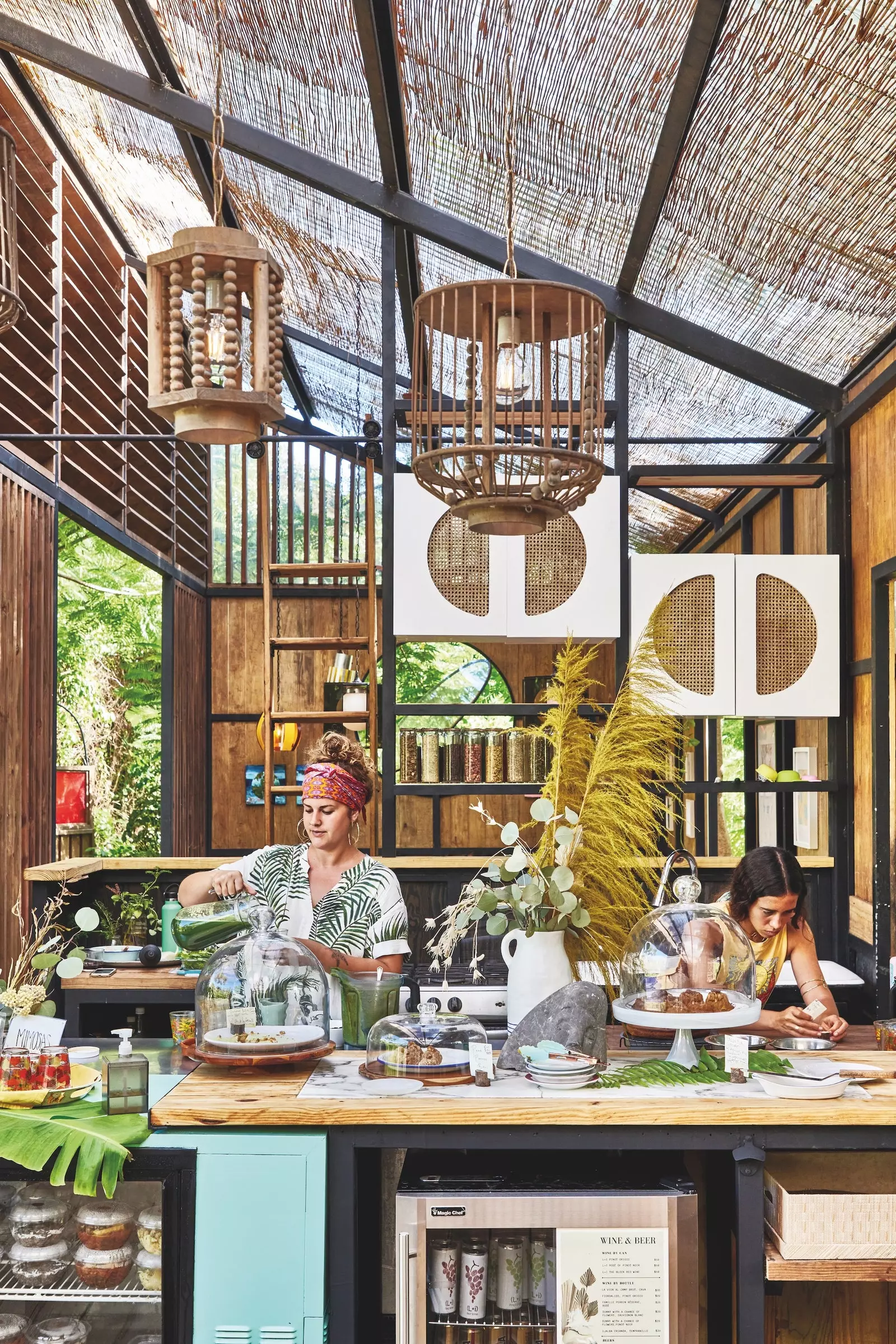
Breakfast at Finca Victoria.
There is something special about the flavor of the terroir, even though it is subtly spiced. Sitting at the wooden table by the pool, I lose myself in the exuberance that surrounds me.
Snapdragon bushes, different species of palm trees, hibiscus and white oaks emerge like an explosion from the ground that surrounds the hotel's wooden terrace.
It seems impossible that less than five years ago a Category 5 hurricane brought this island to the brink of collapse..
De Marco has painstakingly brought this little piece of fertile ground back to life, reintroducing endemic plants and vegetables and using solar energy and recycled water for the hotel.
“When I bought this land in 2018, it was practically barren,” she says. "There wasn't a single tree standing."
De Marco's work at Finca Victoria, returning its wealth to the land, is part of a larger movement that spans all of Puerto Rico.
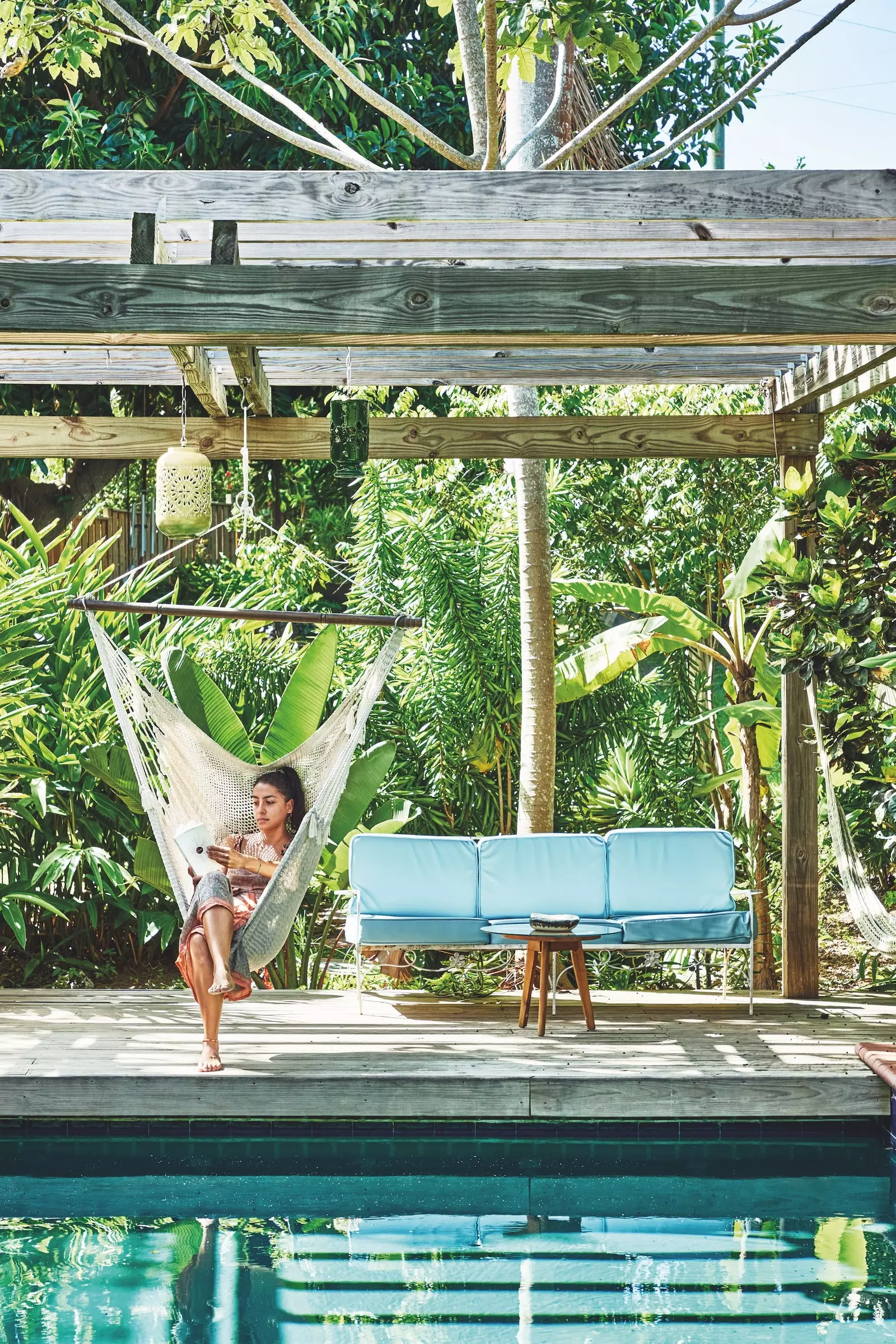
Sun lounger by the pool at Finca Victoria.
HISTORICAL DEPENDENCE
The hurricane, in addition to destruction in 2017, revealed a series of endemic evils : an obsolete electrical network, a network of corruption between local authorities and a dangerous dependency on the United States to survive.
As in Hawaii, 90% of supplies of the island, including cereals, meat, fruit and vegetables, comes from the United States , which has governed the island since the Spanish-American War of 1898.
Many of their crops disappeared in the early 20th century, when American companies began to invest heavily in the local sugar industry.
By 1950, sugar cane plantations occupied almost all of Puerto Rico's farmland. Farmers have been trying to get back on their feet ever since, and in the meantime, food takes about two weeks to arrive on the island and costs up to 2% more expensive than on the mainland, due to food regulations.
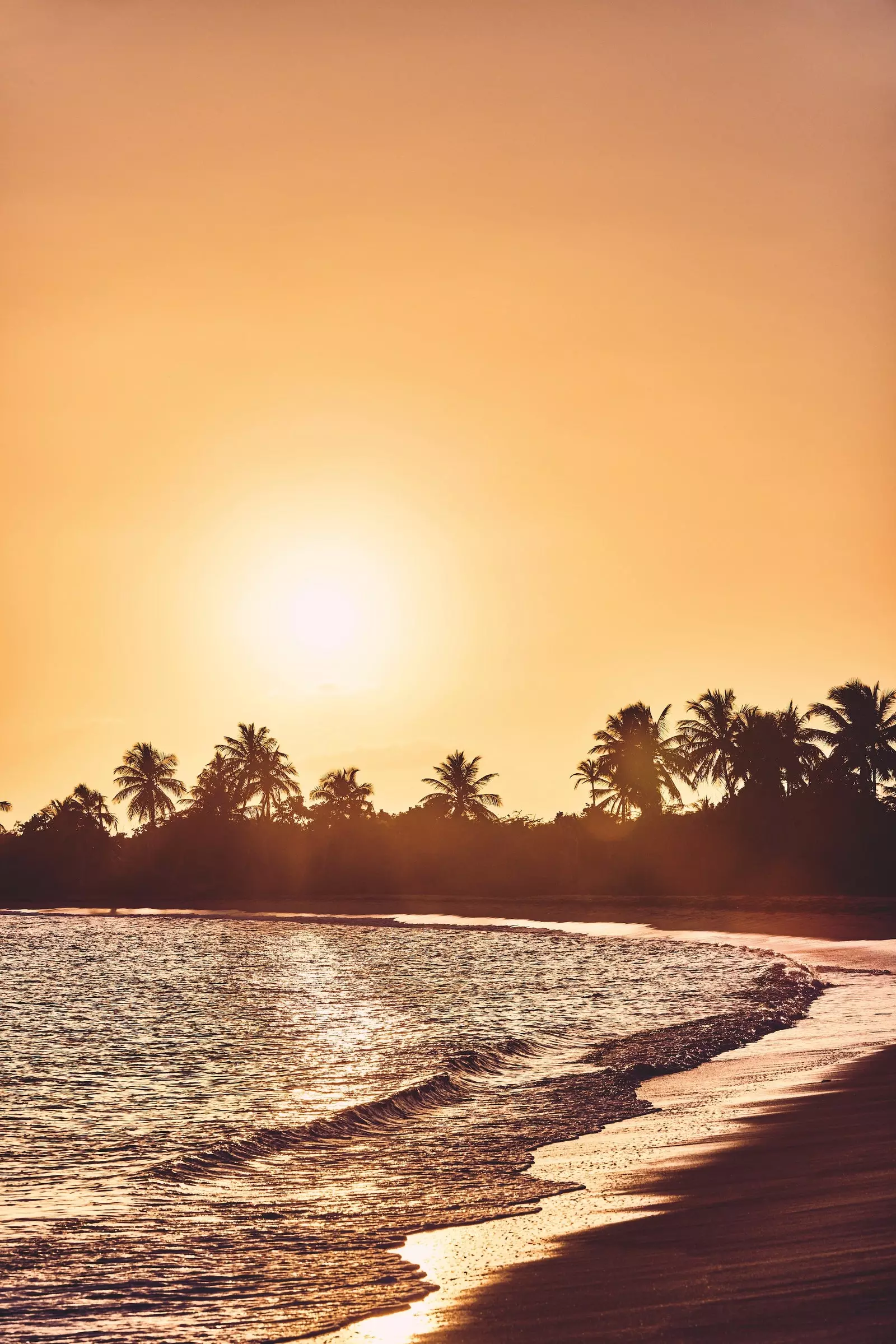
Sunset at Sun Bay.
It is absurd that such a fertile and rich place depends to such an extent on an unjust system. That's why, When I returned to Vieques from Puerto Rico, I decided to find other people with the same philosophy.
With the capital of San Juan as a starting point, I traveled the roads that wind between hills of malachite and the occasional mobile stand selling Medalla beer and pork on a spit.
More than a hundred kilometers to the south, in the mountains of Guayama, I arrive at Carite 3.0, the farm of almost four hectares in which Fernando Maldonado and his wife, Arielle Zurzolo, they grow more than a hundred different types of fruit and vegetables.
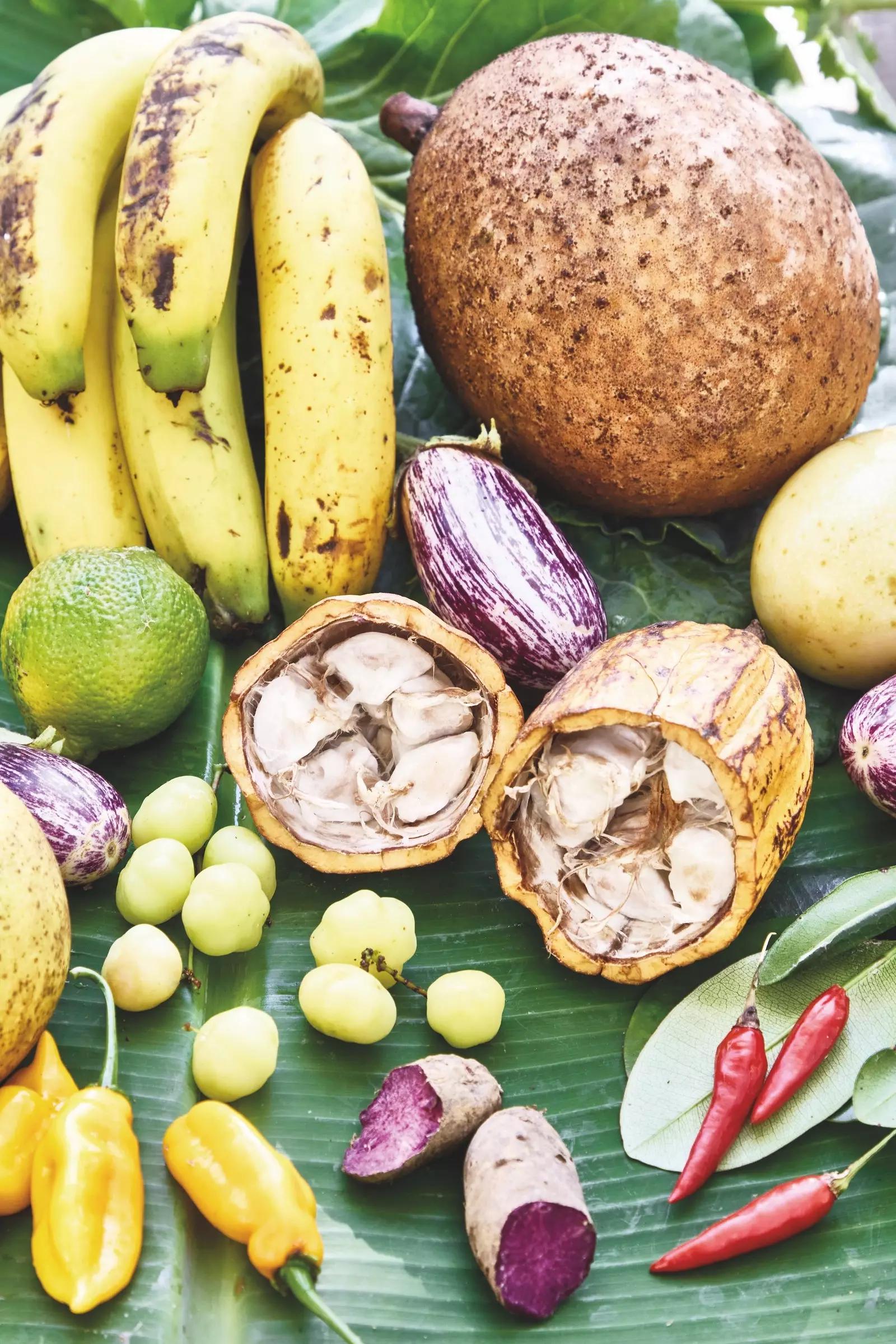
Selection of fruit grown in Carite.
THE KINGS OF FRUIT
“More and more people realize the importance of producing local food, especially in the event of a natural disaster,” Maldonado explains to me as he offers me a piece of fresh cocoa.
The flesh has a smooth, creamy texture and tastes a bit like sour caramel.
The land has been in Maldonado's family for two generations, but it wasn't until after the hurricane and after a fellowship at the Santa Cruz Archaeological Research Center at the University of California that he and Arielle decided to open here sustainable farm.
When walking through the dense and steep forest I distinguish cocoa plants, banana trees, mameyales, chiles and lerenes; the latter were traditional to the Taino tribes long ago.
almost all product sold through a local cooperative or the growing number of chefs aware of local products.
The couple also runs a beautiful alpine hut with spectacular views of the rainforest and a path that leads to a placid lake where guests can swim, paddle and fish.
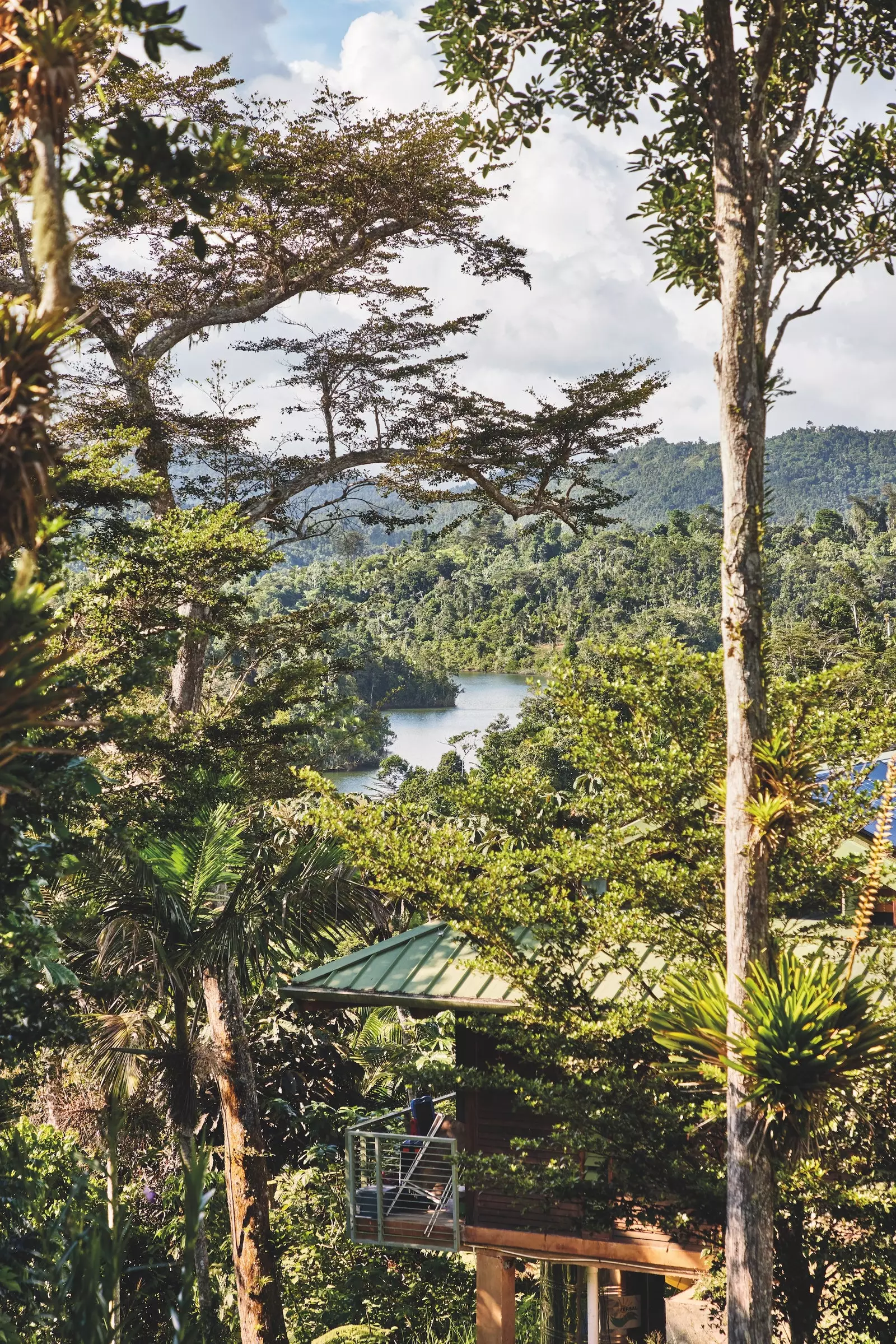
Views of the lake from Carite.
I would have loved to spend the night there, wake up with freshly squeezed passion fruit juice and eat more bananas from the farm, the best I have ever tasted , with a floral aftertaste similar to lavender water.
“Agriculture is fundamental in the sociopolitical context of Puerto Rico,” Maldonado tells me before I leave. “ If we are where we are, it is because of the history of colonization that we have lived”.
The next day I find another reason for hope in the fields northwest of Hatillo, a rural region of lowland dotted with dairy cows and working class homes.
AYURVEDIC CROPS
The brilliant Jennifer García Mathews welcomes me to Finca Pajuil, a lush chaos of more than five hectares full of papaya, moringa, achiote, noni, immortelle and some two hundred other species.
They all grow together in a cheerful jumble inside old bathtubs repurposed as flower beds.
She is clear: she will not stop reintroduce traditional crops , in addition to other varieties of local plants harvested according to Ayurvedic healing principles . "My grandmother lived around here and practiced Ayurveda without knowing it," she says.
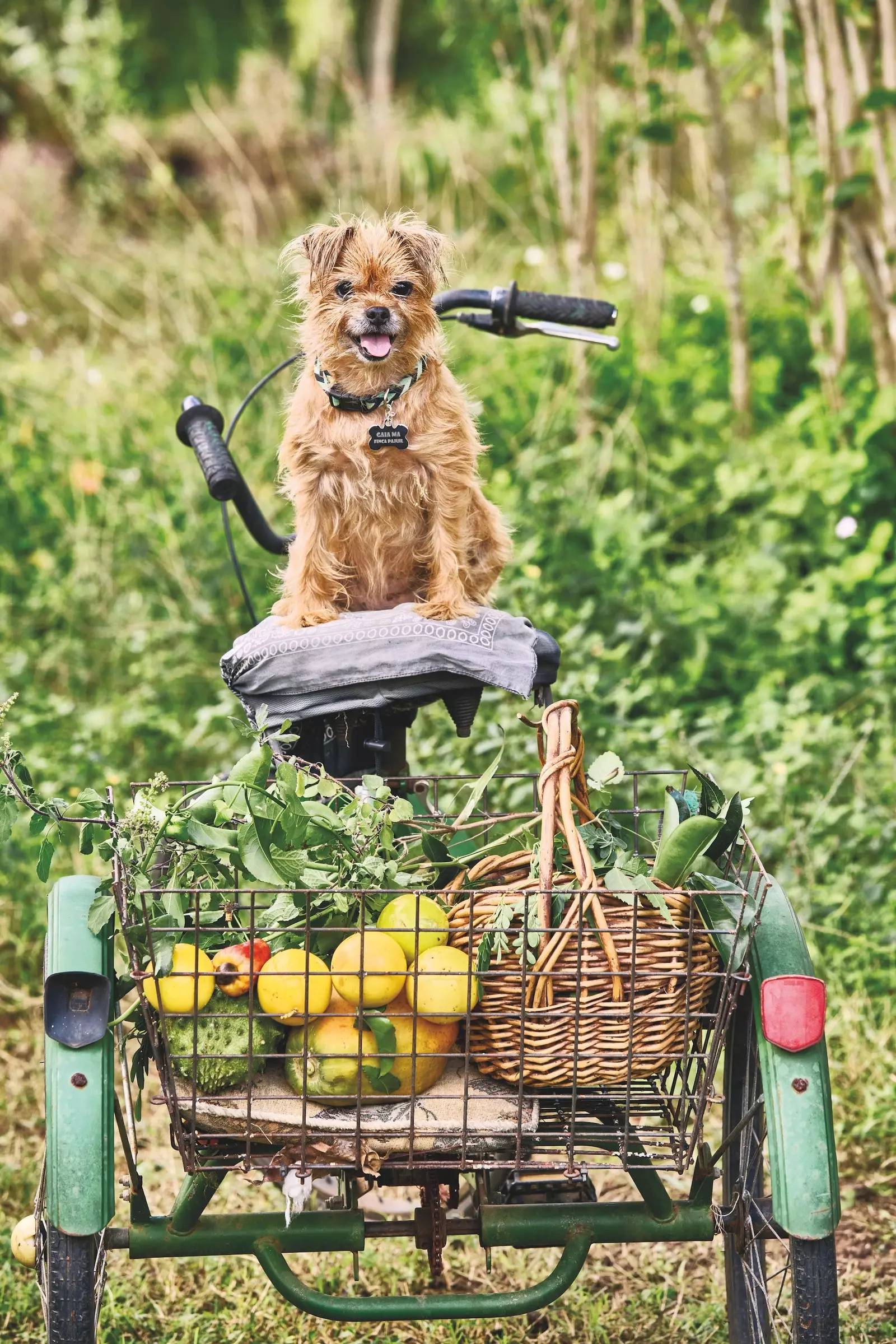
Finca Pajuil's mascot on the delivery bike.
We are sitting in the worn but very dignified farmhouse of Pajuil, and he does not stop treating me with his jokes, his positive energy and little bottles of holy basil, an immune-boosting herb that it sells in its line of Ayurican medicinal essences.
Although Garcia Mathews essences are available to the public in Pajuil, she also sells them in Produces!, an app for the sale of local goods that connects consumers and producers and that won the James Beard Award last year.
Later on, I met Martín Louzao, co-founder of the app and owner of the Cocina Abierta restaurant, about which very little is talked about given the ambitious nature of the project.
CONNECT WITH CONSCIOUSNESS
"The matter started during the pandemic," he tells me while we take local mofongo duck in a private room at the back of the restaurant, during one of his fortnightly exhibitions with the Oriundo culinary laboratory.
“In a week we went from four to forty employees, and we had to move to a warehouse of more than a thousand square meters. From there we have distributed more than 450 tons of food”.
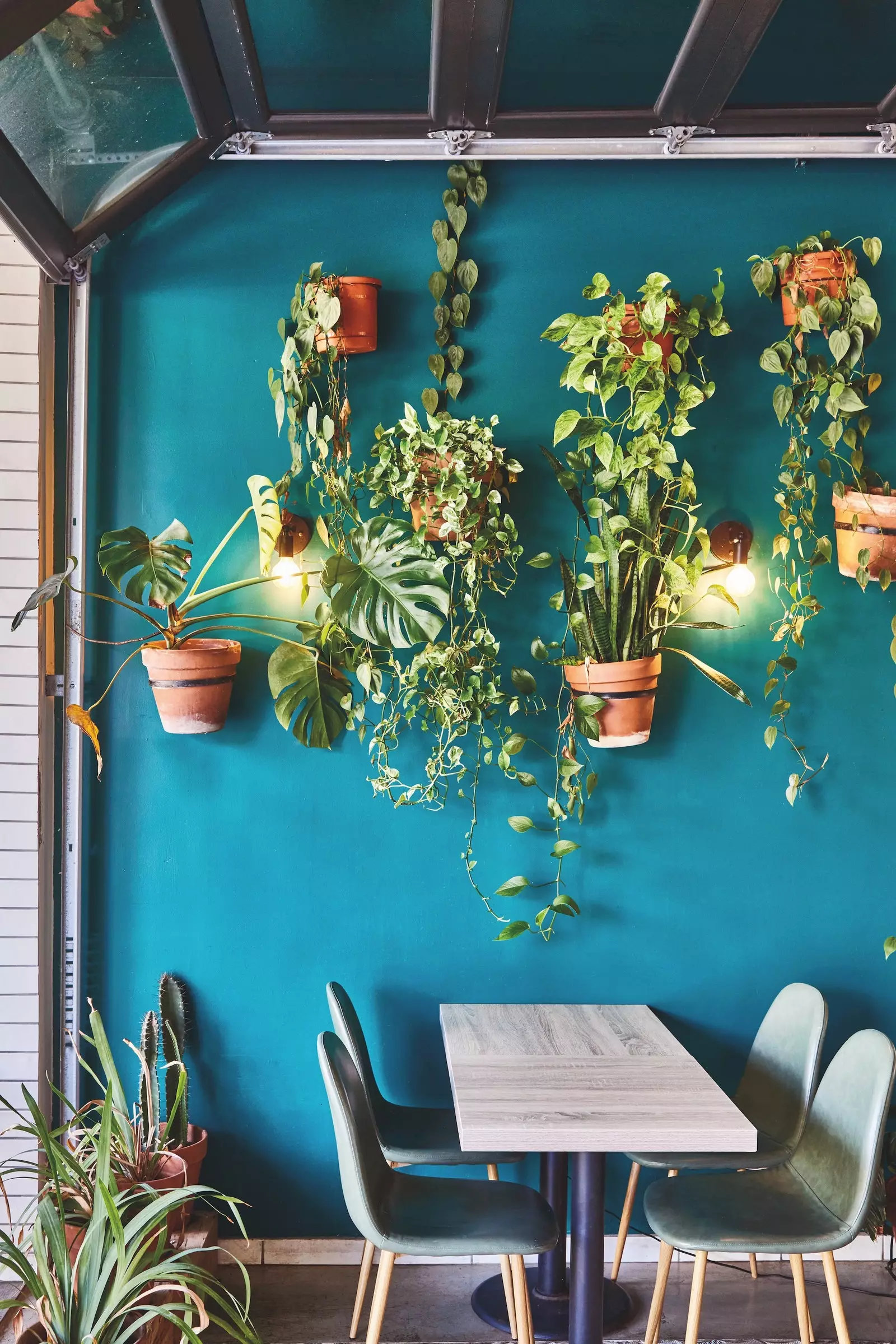
Biophilic wall in San Juan.
The demo feast features six plates , in which they can find up to a hundred local ingredients that vary from menu, depending on what their extensive network of providers offers.
Whenever he can, Louzao works diamond squid pappardelle , an ink pasta dish with thin strips of a local giant squid that fishermen used to throw away because there was no one to buy it.
The sauce is a kind of bolognese made from Gajilete tomato, a typical Puerto Rican variety, and pinto shrimp, which can only be caught at night.
“Cooking is fascinating when you are interested in biodiversity ”, he comments as he pours me a glass of pét-nat with hints of citrus. “It is the best time and the best place to be a chef.”
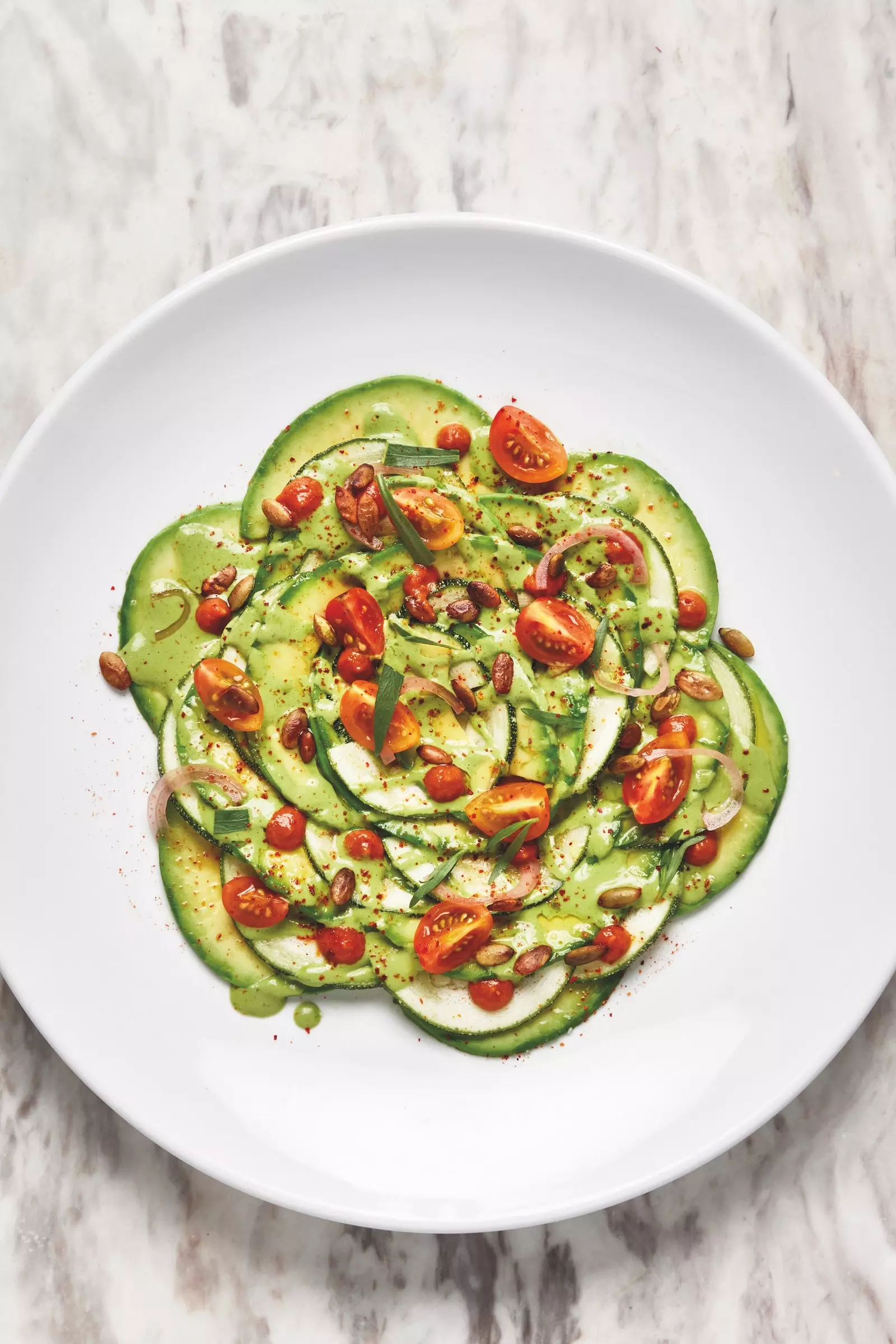
Vianda avocado carpaccio.
SUSTAINABLE KITCHEN
Many chefs, like Louzao, care about sustainability and are proud of their land, and most are based in the barrios of San Juan , such as Condado and Santurce, where La Placita is located, a historic farmers' market that is now surrounded by bars and restaurants.
Yes, the city has many American franchises, such as Chili's and Serafina, but in recent years it has also been home to many posh establishments.
One of them is Vianda, a refined reinterpretation by Francis Guzmán, who learned cooking at Blue Hill in New York, and his wife, who acts as host, of classic Puerto Rican dishes.
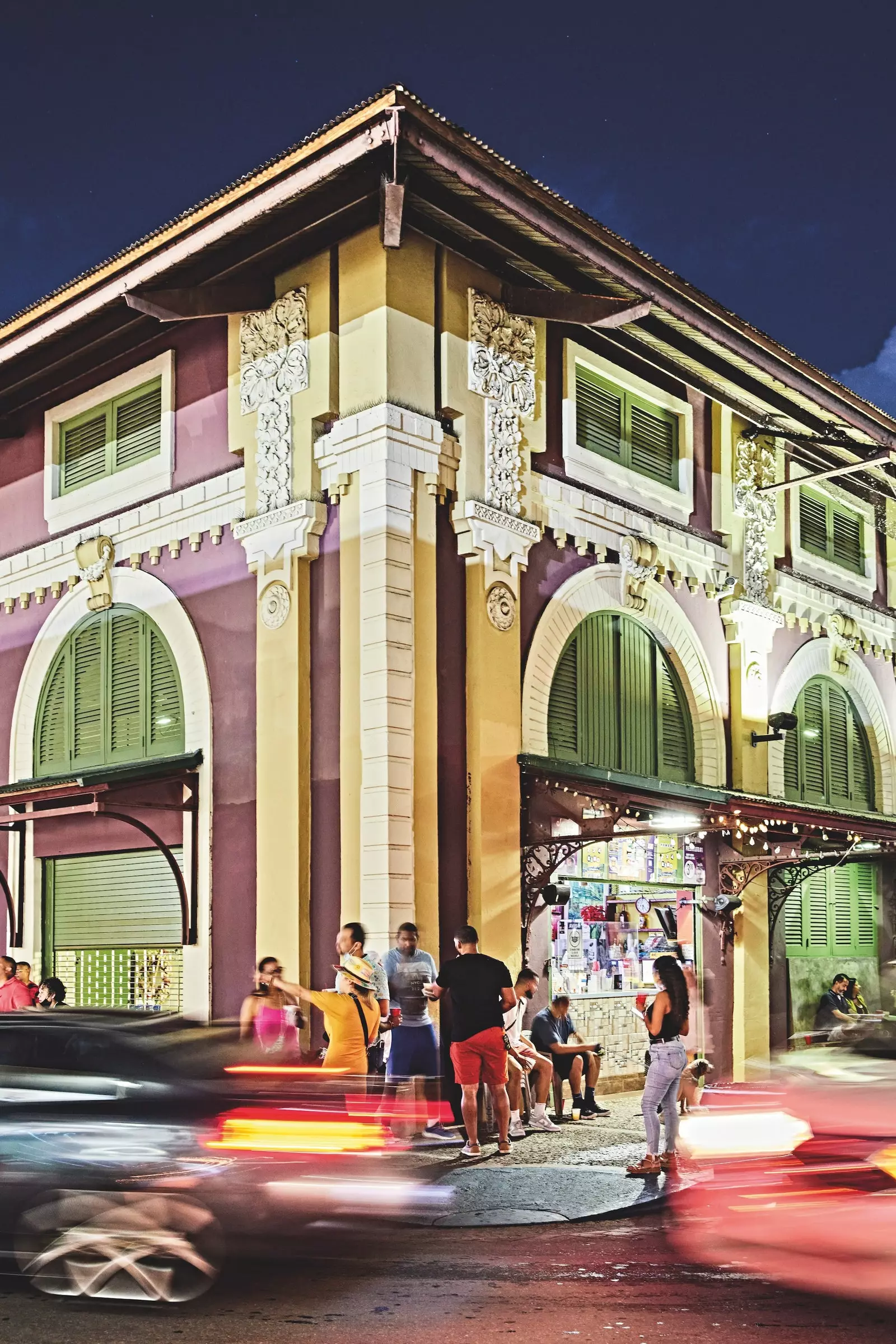
Santurce market nightlife in San Juan.
Another example is Cocina al Fondo, in which Natalia Vallejo serves traditional recipes in a renovated 1940s house in the luxurious neighborhood of Santurce , using products from farms such as Carite 3.0.
Some hotels have also moved away from the clichéd sugary cocktails and oily dishes, such as the Fairmont El San Juan hotel, where innovative chef Juliana González receives products from farms all over the island With which she prepares delicious dishes such as yams, a starter made with white sweet potatoes and a broth sauce of mushrooms stewed in coconut milk.
But no resort can compare to the experience it offers La Botánica, the other project of Sylvia de Marco : An intimate bed and breakfast with the same bohemian biophilia vibe, despite being in the city.
Since the six-bedroom establishment opened in early 2021 in the former residence, remodeled in De Marco's signature style, the owner selects vegan dinners each week based on what various farms and community markets have to offer.
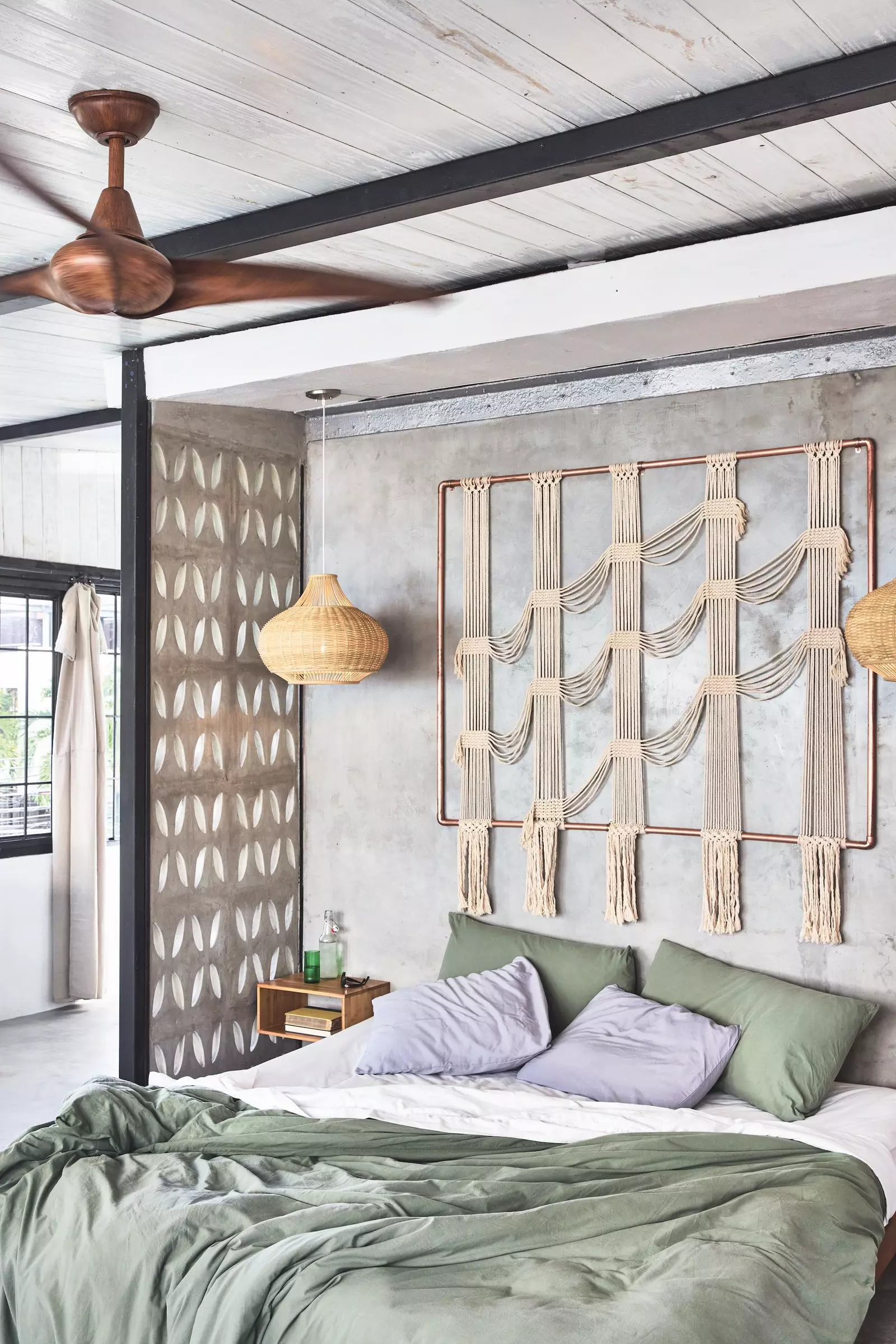
Botanical Suite.
“Chefs don't usually prepare the menu until they know what's available that week on the island,” she says. On the Friday of my visit, chef Carolina Juliette prepares some roasted jalapeños stuffed with sweet plantain on a puree of pigeon peas from Lares, in the west of the island.
Next, she serves a cream of fish seasoned with chipotle chili and citronella, followed by fettuccine in ink with bechamel sauce and pumpkin from the garden.
There's something about the environment - the wooden tables under the canopy of treetops, the pendant lights, the mismatched vintage china - that fills me with emotions: nostalgia, gratitude and the certainty that, even after a catastrophe, it is possible to heal and return to life stronger than ever.
Journey notebook
WHERE TO STAY
Victoria Estate (Vieques)
This hamlet in Vieques, 11 kilometers from the east coast of the main island of Puerto Rico, has a wild and bohemian air that fits with the lush vegetation and coquí frogs that surround the farm. The owner, Sylvia de Marco, enlisted several artists to design quirky cabins far from the center of the property, such as Rogelio Báez's angular, skylight-filled Báez-Haus, which serves as the venue for one of the Ayurvedic programs at the farm (double rooms from €199).
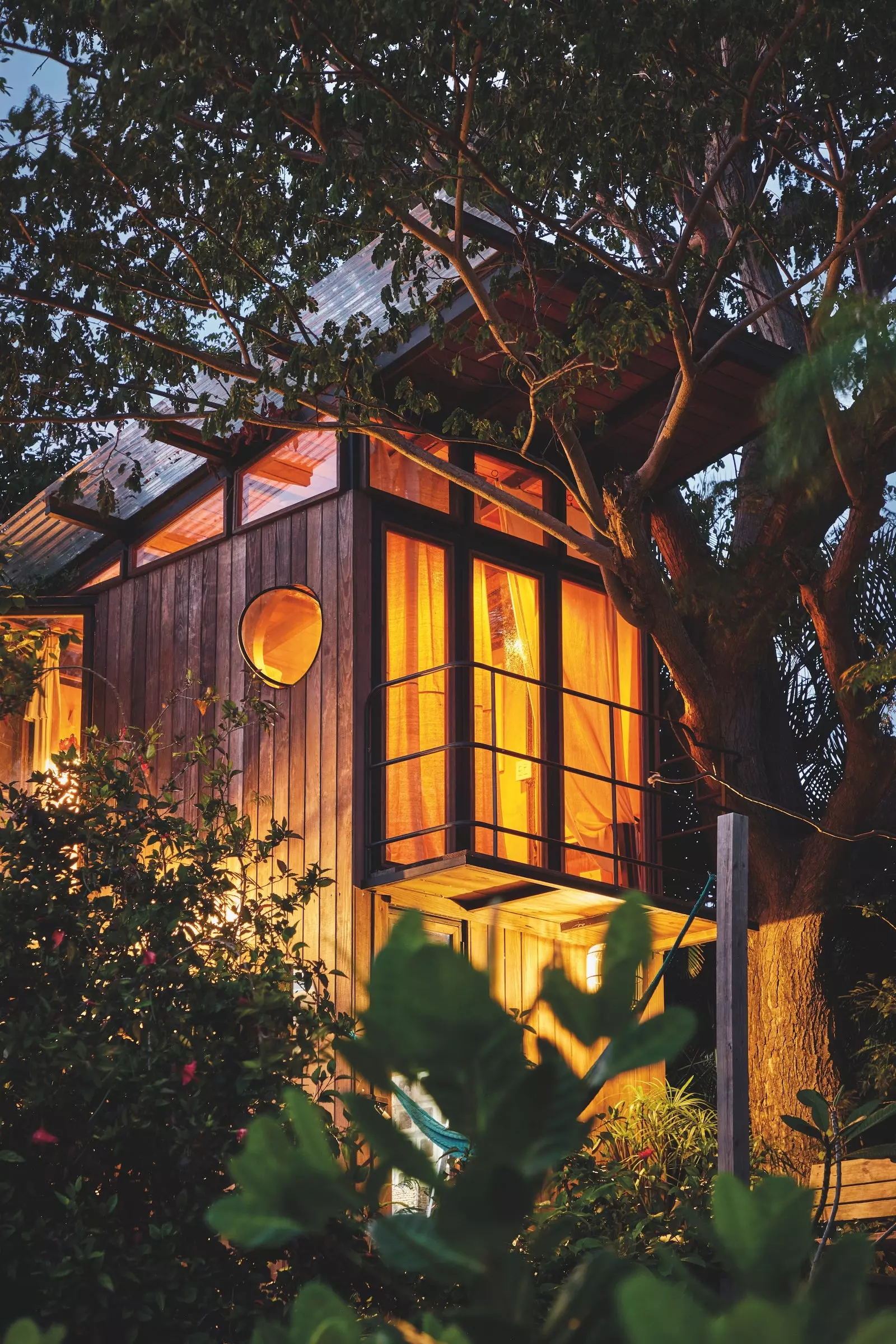
The Finca Victoria bar at sunset.
The botanic (San Juan)
Sister city to Finca Victoria and also owned by De Marco, the intimate La Botánica is in the heart of San Juan, although the Greenhouse and Treehouse rooms, with their spacious terraces and outdoor showers, seem miles away from the madding crowd. from the city. As in Finca Victoria, Ayurvedic wellness and vegan food are the central focus: on Fridays there are vegan dinners with a rotation of chefs and live music under the garlands of lights (double rooms from €129).
Smilie 3.0 (Guyama)
Fernando Maldonado and Arielle Zurzolo grow an impressive variety of products, including cocoa and bananas, in their paradisiacal family farmhouse in the mountains. It is possible to stay in a cabin in the forest, with a path that leads to a lagoon surrounded by trees (from €113 per night, up to four guests).
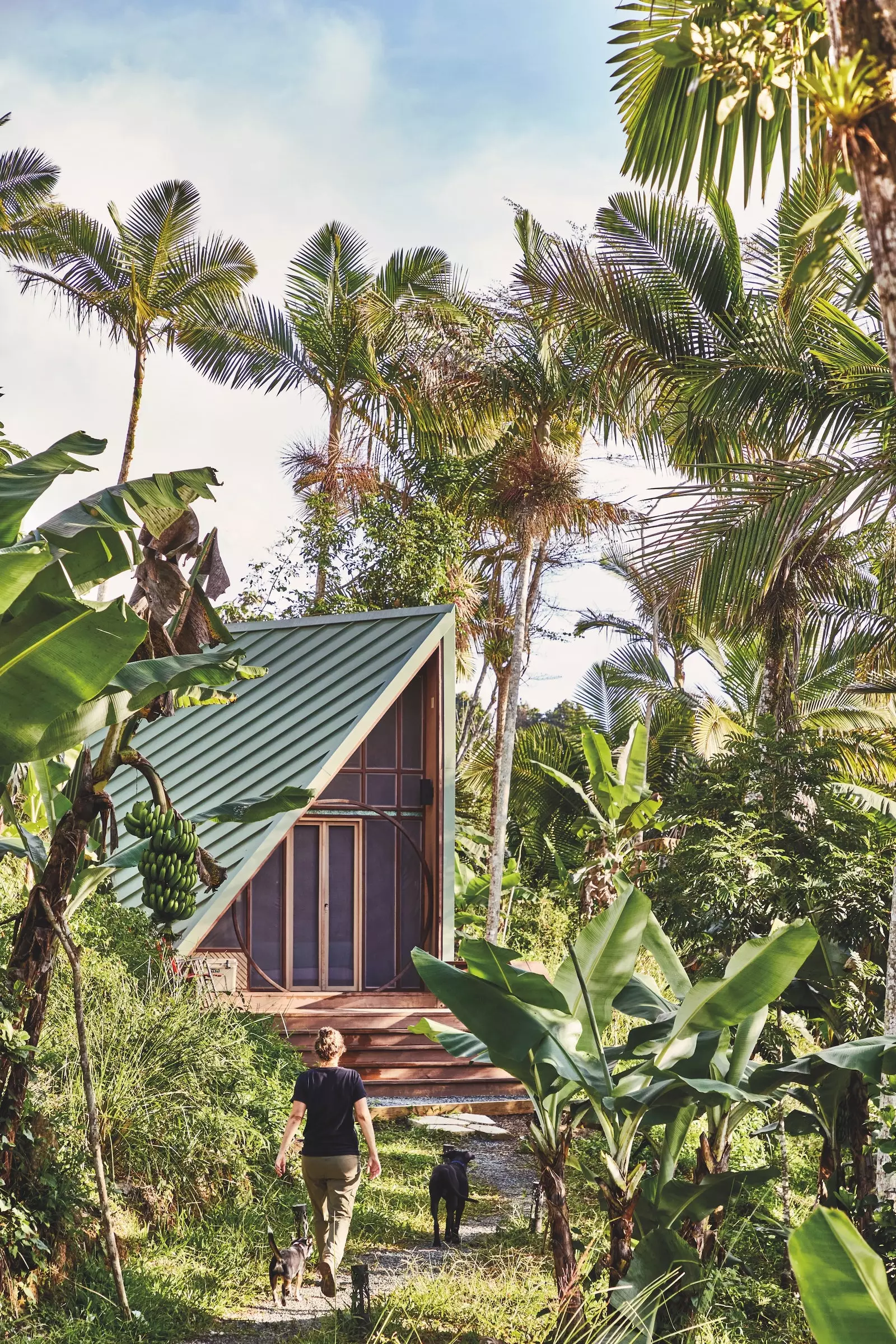
Bungalow in Carite.
WHERE TO EAT
open kitchen (San Juan)
Argentine-born chef Martín Louzao is a defender of Puerto Rican produce, from carob to beach purslane to American clams. This defense materializes in six-course menus according to the available ingredients, served in a cool space with soft lighting, and in its bimonthly exhibitions with Oriundo (menu around €55).
kitchen in the background (San Juan)
James Beard-nominated chef Natalia Vallejo uses local fish and produce to craft seasonal menus at her rustic restaurant in the ritzy district of Santurce. In addition to great classics of Puerto Rican food, such as taro fritters, she prepares balanced cocktails with ingredients such as quenepa, mango or almonds, collected from the hotel garden (around €120 for two people).
food (San Juan)
Amelia Dil and Francis Guzmán met in the kitchen of San Francisco's Range and worked together in New York before moving to San Juan, Guzmán's hometown, to open Vianda in 2017. The menu features farm-to-table specialties. including green plantains with crab butter and pancetta with rice and kimchi. Among its superb desserts, Norwegian omelette with sponge cake, passion fruit sauce and coconut sorbet (dishes from €12).
Tastes Coffee Co (San Juan)
Located in the historic neighborhood of Miramar, this establishment is one of three coffee roaster locations on the island, where coffee is made only from beans from its plantation in Yauco. It is advisable to go at breakfast time to try their fresh rosemary toast with guava butter, fried eggs with ham or the famous quesitos, puff pastry braids stuffed with cream cheese (Breakfast menus from €7).
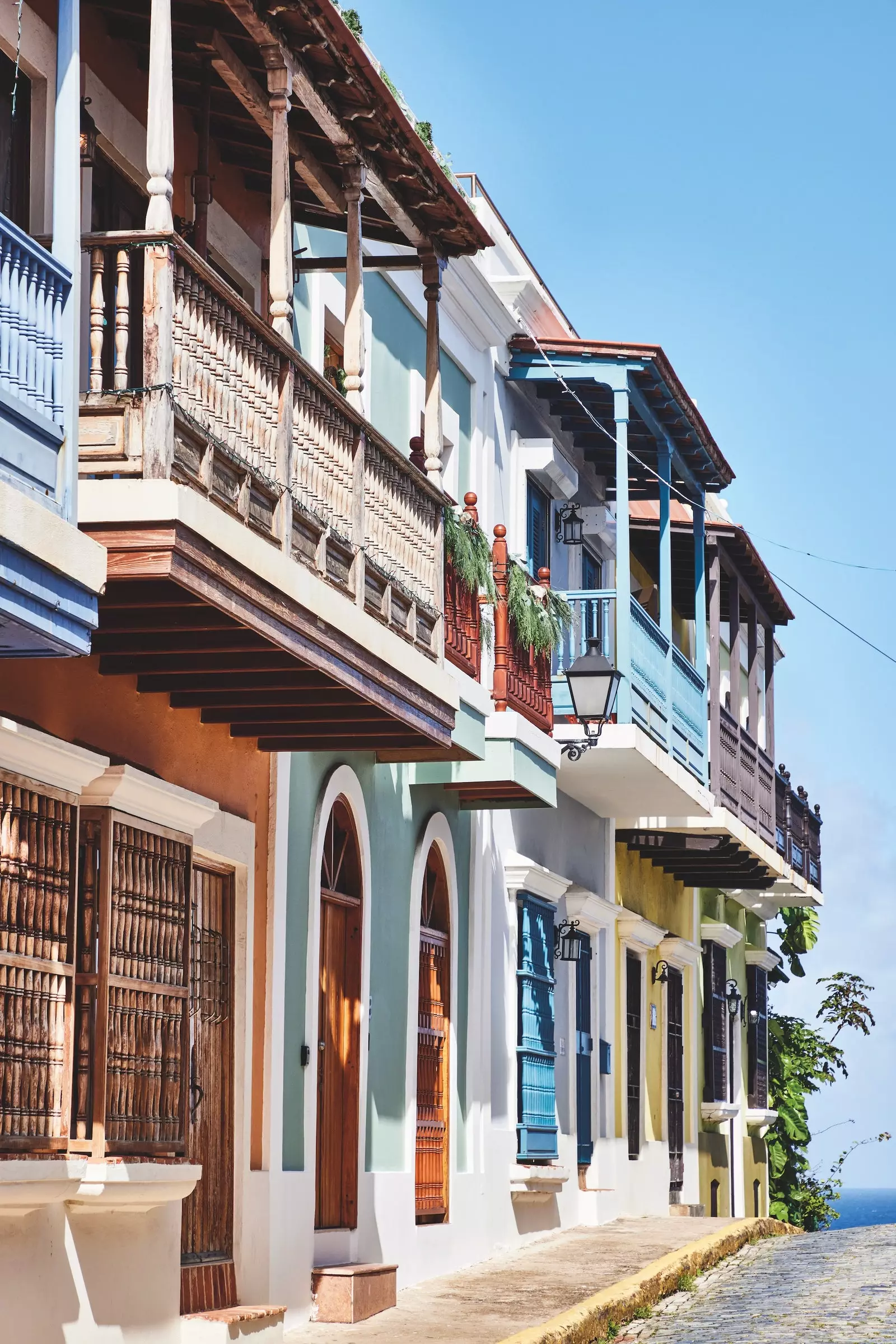
Colorful balconies of Old San Juan.
This report was published in the number 150 of the Condé Nast Traveler Magazine Spain. Subscribe to the printed edition (€18.00, annual subscription, by calling 902 53 55 57 or from our website). The April issue of Condé Nast Traveler is available in its digital version to enjoy on your preferred device
